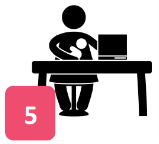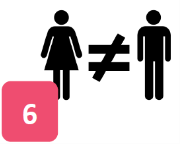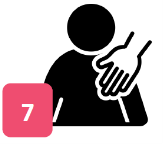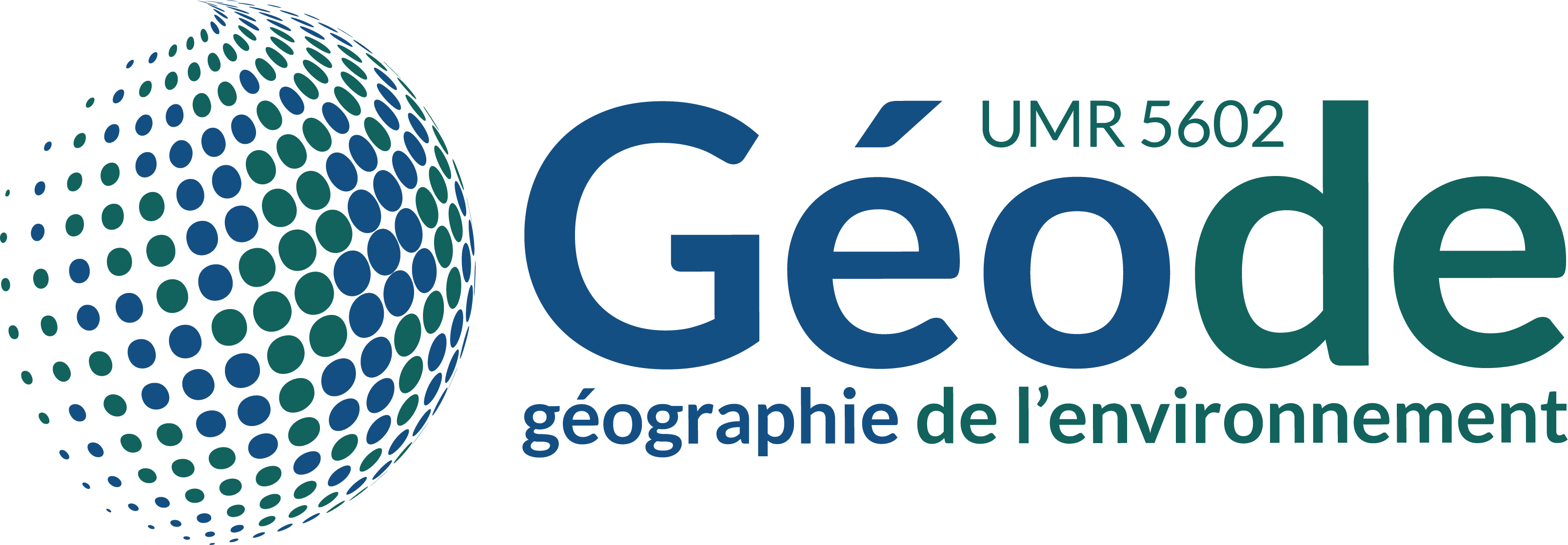-
Partager cette page
Professional equality

Why have equality officers in the laboratories?
They are the relays for the national and regional action plan on equality within CNRS units. More specifically, their role is to inform, share/disseminate news in the field, be available to answer questions from staff and the management team and propose examples of good practice.
This includes raising staff awareness of gender equality in the workplace and providing information on the fight against gender-based and sexual violence (sexual harassment, bullying, etc.).
Let's not forget that the subject concerns both women and men, and let's underline the correlation between sexism/violence (harassment) and professional inequalities.
But let's get to the heart of the matter ....
Did you know?
Feminism" is the political position that defends equality between women and men.
When asked ‘Would you define yourself as a feminist?’, 58% of the French population answered in the affirmative. This is 8 points more than in 2014, when 50% considered themselves feminists.
There has therefore been an increase in self-definition as a feminist, albeit more so among women (+10 points) than men (+4 points). Indeed, the latter were already 58% defining themselves as feminists in 2014 and are now 68%.
As for men, they rose from 42% to 46% between 2014 and 2018. (Harris interactive, April 2018).
When asked ‘Would you define yourself as a feminist?’, 58% of the French population answered in the affirmative. This is 8 points more than in 2014, when 50% considered themselves feminists.
There has therefore been an increase in self-definition as a feminist, albeit more so among women (+10 points) than men (+4 points). Indeed, the latter were already 58% defining themselves as feminists in 2014 and are now 68%.
As for men, they rose from 42% to 46% between 2014 and 2018. (Harris interactive, April 2018).
The illusion of equality in the civil service
The reality of the figures to deconstruct our preconceived ideas on this subject... Some key figures on professional equality in the civil service, at the CNRS and in higher education.
Quiz in 10 questions here
Gender-based and sexual violence in the workplace
- Sexist behaviour :
Examples: ‘She's pretty and intelligent too’ / ‘At her age, miniskirts are ridiculous’ / ‘Hey, your new trainee is cute’...
76% of women have heard or been the butt of sexist jokes at work!
- Sexist insult:
Sexist insults uttered in a professional context are mainly distinguished by the fact that they target the victim's skills rather than their appearance.
- Sexual harassment :
No employee or civil servant may be subjected to acts of :
either sexual harassment, consisting of repeated comments or behaviour with a sexual connotation which either violate their dignity because of their degrading or humiliating nature, or create an intimidating, hostile or offensive situation for them;
or sexual harassment, consisting of any form of serious pressure, even if not repeated, exercised with the real or apparent aim of obtaining an act of a sexual nature, whether this is sought for the benefit of the perpetrator or a third party.
1 in 3 women has experienced sexual harassment at work
- Sexual assaults:
"Sexual assault is any sexual violation committed with violence, coercion, threats or surprise. 5 intimate and sexual areas (non-exclusive): buttocks, sex, breasts, mouth and thighs (Article 222-22 of the Criminal Code)
- Rape:
‘Any act of sexual penetration of any kind whatsoever committed on another person or on the person of the perpetrator by violence, coercion, threat or surprise is rape’. (Article 222-23 of the Criminal Code)
Well-identified inequality factors

- Part-time work :
There is a highly gendered distribution of part-time work, with 78% of it occupied by women. 75% of the women concerned would like to work more paid work (source: Centre d'Observation de la Société, 2017).
There is greater tolerance for women's inactivity in the paid labour market and for men's inactivity in domestic and parental work.

- Occupational segregation (vs. occupational mix):Only 13 of the 87 job families listed in France are mixed, i.e. have between 40 and 60% of both sexes (source: CESE, 2018). This is linked to the weight of the gendered division of labour that still weighs on our society based on gender stereotypes.
Professions traditionally largely occupied by women are less valued and less paid (this is known as horizontal segregation or the phenomenon of the sticky floor and glass walls).

- Unequal power sharing (vs parity) :Gender diversity does not necessarily mean parity. Parity is the 50/50 sharing of representative and decision-making power between women and men (vertical segregation or the glass ceiling phenomenon).

- Inequalities in effective access to further training and to speaking and decision-making in meetings (based on gender stereotypes).

- Inequalities in effective access to further training and to speaking and decision-making in meetings (based on gender stereotypes).

- Discrimination (vs. equal treatment):
Less favourable treatment of a person on the basis of one or more of the 25 criteria prohibited by law (e.g. sex, age, origin, disability, pregnancy, etc.) and in situations also covered by the law (e.g. recruitment, award of bonuses, promotion, etc.).

- Sexual and gender-based violence (SGBV): sexist behaviour, sexual harassment, sexual assault, rape.
A reality that is difficult to change. Why is that?
Gender stereotypes are: ‘schematic and all-encompassing representations that attribute supposedly “natural” characteristics to girls/women, boys/men, about what girls and boys, women and men are and are not, by implication ’by nature". (High Council for Equality)
Men produce, women reproduce // Mr. directs & Mrs. carries out // Mr. ‘helps’ Mrs. at home & Mrs. ‘assists’ Mr. at work...
The idea is to transform a sexist heritage into an egalitarian one through education, which can be a lifelong process...
Men produce, women reproduce // Mr. directs & Mrs. carries out // Mr. ‘helps’ Mrs. at home & Mrs. ‘assists’ Mr. at work...
The idea is to transform a sexist heritage into an egalitarian one through education, which can be a lifelong process...
